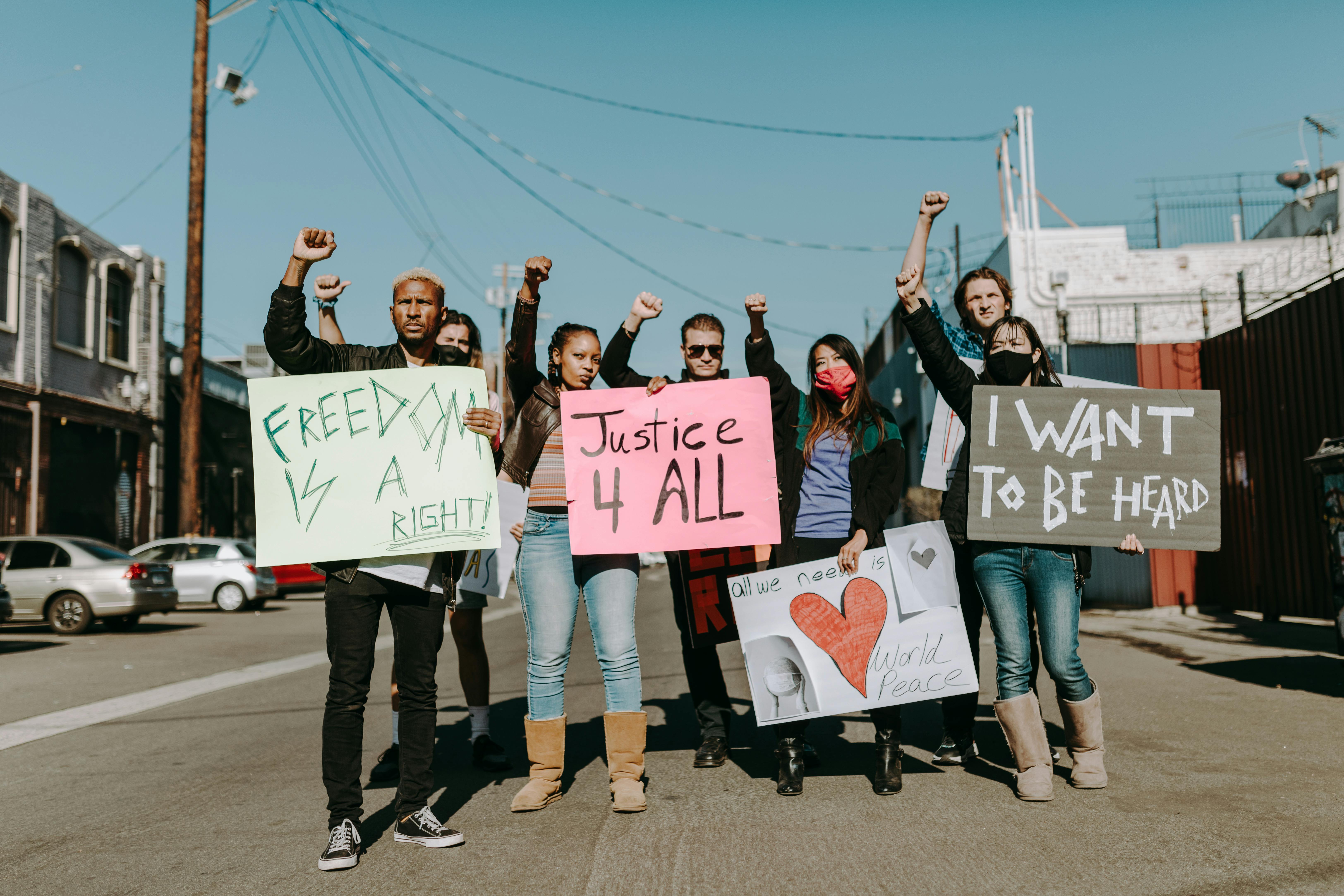Retail store design offers many professional benefits not found in other types of projects. Working as a store designer could boost a young person’s career, or it could be enjoyable enough to become the core of an ongoing retail practice. In any case, designing for retail has some real advantages.
Speed – Retail stores are always fast track projects. It’s not unusual, for a modest-sized store, to have a 16-24 week schedule from signing the owner’s design agreement to the grand opening. These compressed design/build schedules ensure that the designer will never get bored with a project. In fact, they create their own emotion. Projects are progressing so fast that their actual construction, in a way, replaces the presentation and modeling modes in the design of other types of buildings. The fruits of design labor are very quickly visible. This compressed time frame is appropriate for the age we live in, and makes stores a good type of project for younger designers who live in a fast-paced digital world, and who may find the slower pace of others difficult. types of projects. The speed of shop projects is fun and rewarding.
Budget – Some store layouts, namely boutiques, offer the opportunity to build with budgets per square foot not found in other building types. It’s not uncommon for small shops to include high-end cabinetry, materials, accents, and lighting otherwise found only in the design of corporate conference rooms, luxury residential kitchens and baths, and high-tech facilities. Designers love to spend other people’s money (wisely, of course), and boutique store design often provides this opportunity. There’s no room for waste in today’s lean, efficient stores. This requires the designer to be an astute craftsman.
Technology – Store designs often incorporate cutting-edge technology. Sometimes this is to give the retailer an advantage over their competition; Sometimes technology provides new ways to display merchandise, complete transactions, or tell the story of the product; think of all the special glazing details developed for shop windows; computerized electronics to process sales transactions; State-of-the-art store lighting techniques (LED, fiber optics, projector lighting); the early use of multi-screen technology and flat panel displays; the mechanical introduction of mind-altering odors to induce shoppers to buy; and the use of music, sounds, and colors to induce other desired patterns of shopper behavior. Careful use of lighting and materials to create “green” stores, which must perform well and meet or outperform their retail competitors, is a challenge designers will embrace.
Fun: Retail designers can have as much fun as movie set designers by creating an imaginary world that would not have existed without the designer. His designs can break convention to fit the latest design trends. Store designs are often short-lived compared to other types of buildings such as institutions, corporate offices, and churches. Store designers often “live on the edge.” Trading in this bold, highly competitive and fast-paced world is always exciting and challenging. Additionally, store signs and other graphics have become an art form in their own right and a technological stretch.
All in all: Retail design is fun and exciting.
